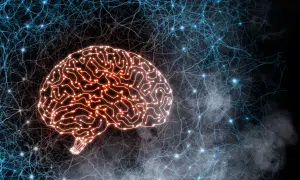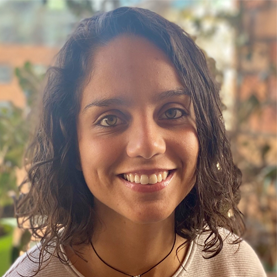 There are many schools of thought about emotions, yet there is no universally accepted theory or taxonomy of the emotions. Some biologists speak about one set of emotions being instinctual and generated by the amygdala (which is involved in processing the memory of emotional reactions), and another kind as being generated by the prefrontal cortex, and being conscious, and by having cognitive experiences.
There are many schools of thought about emotions, yet there is no universally accepted theory or taxonomy of the emotions. Some biologists speak about one set of emotions being instinctual and generated by the amygdala (which is involved in processing the memory of emotional reactions), and another kind as being generated by the prefrontal cortex, and being conscious, and by having cognitive experiences.
Cognitive emotions are conscious, original, and of the moment. It’s natural to feel happy, angry, or sad at different times in life, and often for no reason whatsoever. No amount of positive thinking will keep us from occasional unpleasant feelings. Fortunately, these feelings do not last for long. Cognitive emotions are not burdensome, nor do they take up any space in our awareness, and the very act of recollecting them offers a brief and passing sensation. We might remember our beloved warmly, our childhood sweetheart lovingly, or the school bully fearfully. These emotions are reasoned and make sense with the situation to which they pertain.
Instinctual emotions, on the other hand, are toxic and are produced by ancient survival instincts—often coupled with smoldering memories of trauma—that are wired into the brain. Toxic emotions of fear, sorrow, envy, and anger, which are often passionate, sometimes violent, and always draining, are never experiences of the present moment only. In fact, we can think of them as eruptions caused by trauma that was imprinted into the very fabric of our being.
Instinctual emotions linger and can take over our entire neurocomputer. These neural networks cause us to waste precious years in an angry marriage or fettered to an unfulfilling and frustrating job. Eventually, we might quit the job or storm out of the marriage, not realizing that what we need to change is the neural networks through which we engage in our current environment and situations.
Neural networks are a plastic, dynamic architecture, a constellation of neurons that light up momentarily to perform a specific task. That is why, as we mull over a particular thought (good or bad) or practice a particular activity (beneficial or detrimental), we reinforce the neural networks that correlate with those thoughts and skills. Each time a situation reminds us of an actual fearful or dangerous experience from our past and instinctual emotions are brought up, that specific neural network is reinforced. We strengthen the toxic emotions and neural networks in our limbic brain and begin to create subconscious beliefs about life. These beliefs drive our actions and reactions in all experiences.
For many years, psychology embraced the idea that destructive emotions could be repaired with therapy, a view that is questioned today by some practitioners, who are even debating the legitimacy of psychology itself. Media attention and open dialog have helped many of us understand how the painful evens and trauma we experienced in childhood have shaped our personalities. Yet this understanding has done little to rewire the neural networks in our brain that keep us trapped in these stories.
So, in order to get better, we need to start by healing through neurogenesis.
In the 1990s, neurologist Peter Eriksson discovered that our brains experience neurogenesis, that is, we actually are able to grow new brain cells from neural stem cells. The brain cells you lost in your college drinking days, or brain cells that became lost due to injury or Alzheimer’s, can be replaced. At the same time, we can grow new neural networks—brain structures that are formed when experiences cause neurons to fire and communicate with each other through arm-like structures called synapses. The synapses system works efficiently to ensure that information travels quickly through the brain and nervous system.
But what if we want that information to travel differently, along a new route that is supportive of new beliefs and ideas? What if we want to remember a past event not with fear and resentment but with compassion and pride at having overcome a trauma? We can begin to replace the old neural network with a new one and reinforce it so that the old one is retired for good.
There are several ways to support the growth of new brain cells and new neural networks. One is by exercising a few hours a week, increasing a reparative substance in the brain called BDNF (brain-derived neurotrophic factor). Another is fasting for a day or overnight. Nutrients such as curcumin (also known as the spice turmeric), DHA (docosahexoenoic acid), and omega-3 fatty acids increase BDNF. We can also increase BDNF by intellectual stimulation with new activities especially if combined with physical activities (for example, moving in new ways instead of doing rote exercise on a piece of equipment at your local gym).
Shamans and ancient indigenous people understood that spiritual practices of meditation and mindfulness alter the way we think, perceive, and feel, not just when we are in the moment of experiencing equanimity, calm, and oneness with the forces of nature, but also when we step back into our ordinary lives. If novel physical and mental actions increase BDNF, it makes sense that the changes in perception we experience when we have a regular spiritual practice influence our neurogenesis and neural network rewiring as well.
For the shaman, there is no separation between the body, the mind, or the spirit. All approaches to healing affect all three aspects of our being.
What can you do today create new neural networks and stimulate the production of BDNF?







